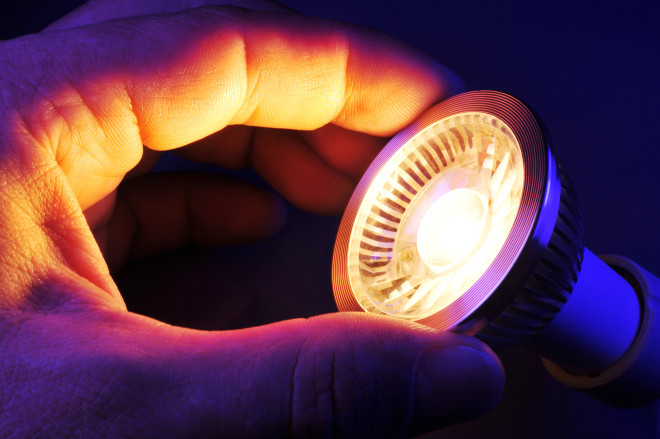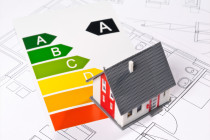Thanks to the Clean Energy Ministerial (CEM), the race is on to achieve cumulative global sales of 10 billion high-efficiency, high quality, and affordable advanced lighting products, such as LED light bulbs. It’s like the ultimate New Year’s resolution, minus the guilt and deprivation!
The potential impact of this goal is not insignificant. Currently, lighting accounts for 15% of global electricity consumption, which is more than the electricity generated by all of the nuclear power stations in the world, and 5% of worldwide greenhouse gas emissions. If the planet were to switch to highly efficient lighting overnight, more than 800 million metric tons of CO2 emissions would be saved—the equivalent of displacing 684 coal-fired power plants for a year.
Sweden’s Minister of Energy, Ibrahim Baylan, and Ikea’s Chief Sustainability Officer, Steve Howard, along with other CEM partners, recently launched the initiative, known as the Global Lighting Challenge (GLC), during an event at the COP21 climate negotiations. Minister Baylan explains:
“During the last years we have seen impressive innovations in the field of lighting products and solutions. New lighting creates new opportunities in our societies with multiple benefits. Sweden wants to support the transition to universal access of high-efficient and high-quality lighting, which is why we join this race with other CEM partners to realize the efficiency potential that exists in Sweden and the rest of the world.”
To date, 14 governments have endorsed the GLC, including Australia, China, Russia, the United Kingdom, and the United States. Specific commitments include the following:
- India aims to deploy 770 million LED bulbs and 35 million LED street lights in 3 years’ time.
- Ikea hopes to sell over 500 million LED bulbs to IKEA customers over the next 5 years (through the end of 2020).
- China will work to achieve domestic sales of over 5 billion LED bulbs over the next 2 years.
The US Energy Department recently announced it will be working with American cities and towns to replace 1.5 million incandescent outdoor light bulbs with LED light bulbs. The department hopes to cover 750 million square feet of parking lots with LED lighting as part of a program it started in 2012.
In addition, the Interior Lighting Campaign aims to replace a million office lights with LED bulbs by May of 2016. And in June of this year, San Francisco, California will play host to the seventh Clean Energy Ministerial (CEM7) where important progress updates and follow-up activities will ensure commitments agreed upon at the COP21 remain a priority.
10 billion LED bulbs may seem like a lofty goal but it doesn’t have to be—the campaign website currently lists progress at 44,427, 517 bulbs, or 0.44% of the ultimate goal—the project has only just recently launched on the global scene, and large scale participation will add up significantly.
By 2030, results of initiatives like the GLC are projected to distribute 50% more lighting globally while consuming 50% less energy compared to today. The initiative is aimed at governments, companies, manufacturers, non-government organizations (NGOs), landlords, and individuals—basically “anyone who can buy, sell or help change a light bulb.” Finally. A resolution that is easy to get behind!
About The Author

- Serial Entrepreneur, Technologist and Inventor my objective is to develop useful products that have a net positive effect in the lives of those that use them and the environment that we live in. CEO of Mission LED Lighting Company Ltd.
- 2017.12.27UncategorizedSaving the World and Saving Money: Green Home Improvements Every Homeowner Should Make
- 2017.01.17Be green & save5 Simple Green New Year Resolutions For 2017
- 2016.11.09LED factsReplacing a 400 HID Lamp for an LED
- 2016.09.26Be green & saveVintage LED Bulbs Make What’s Old New Again





Leave a Reply